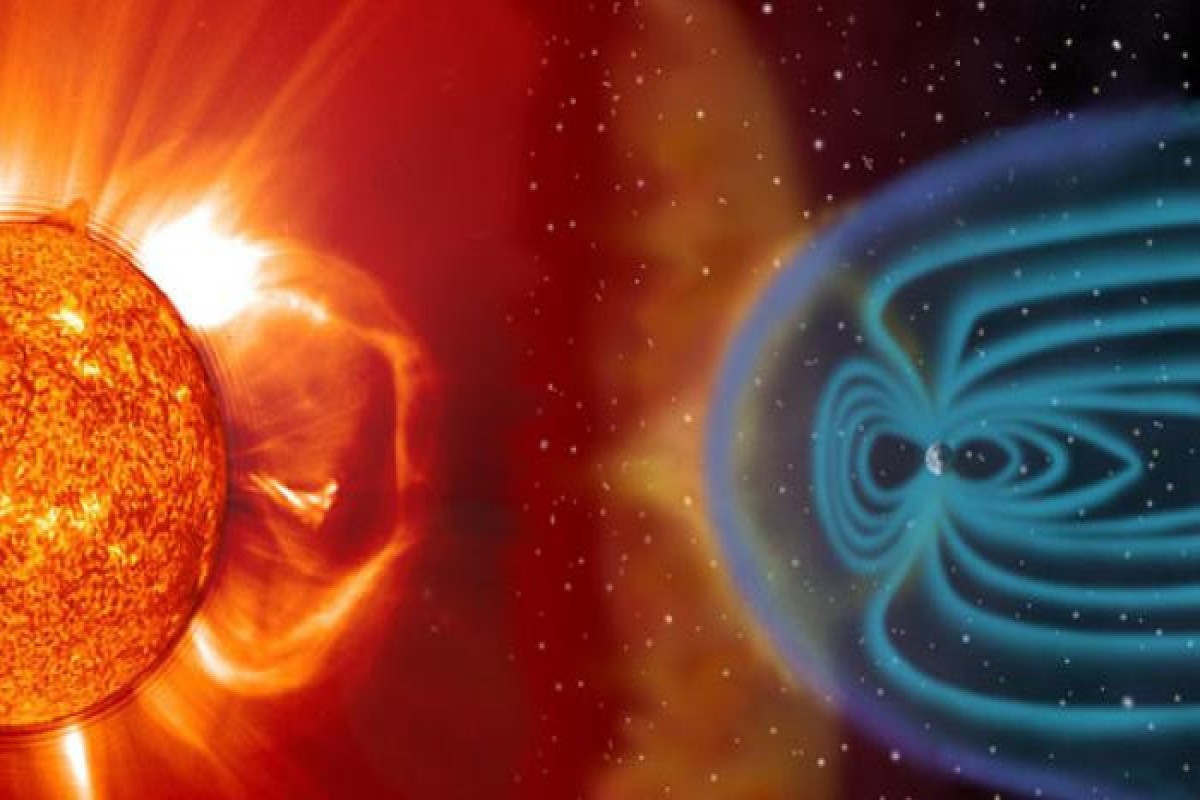After a massive solar storm struck Earth earlier this week, another geomagnetic storm is heading our way as we speak, APA reports citing spaceweather.com.
According to spaceweather.com, two solar events will act in tandem to produce a G2-class geomagnetic storm on Earth on Saturday, October 1. These include a solar wind stream released from an equatorial hole in the Sun's atmosphere, and a coronal mass ejection (large expulsions of plasma and magnetic field from the Sun's corona) that left the Sun on September 28.
While considered 'moderate', G2 storms usually result in voltage alarms in high-altitude power systems and even cause transformer damage if they last too long. They could also impact spacecraft operations and disrupt high-frequency radio propagation. As a result, mobile network and internet connectivity could also be impacted.
Meanwhile, with the Sun approaching its solar maxima (period of maximum activity in its 11-year solar cycle), the ball of fire is practically crackling with animosity. And we have observed an increase in solar activity for the past few months.
In fact, on Monday (September 26), a space weather alert was issued by NOAA's Space Weather Prediction Center (SPWC), warning for a geomagnetic storm with a K-index of 4. This K-index is a numerical representation of the strength of geomagnetic storms brought on by solar material tampering with Earth's magnetic field and resulting in problems with power grids, radio signals, and other things. While a K-index of less than 4 is typically not noteworthy, a K-index of 9 would be an extremely rare severe solar event.
Coming back to the aforementioned K4 storm on Monday, the SWPC ended up updating its initial alert in a couple of hours, insteading warning of a strengthened K5 storm. Thereafter, the warning was once again upgraded to a K6, and by the early hours of Tuesday, an alert for a K-index of 7 or greater was put up, valid until mid-Tuesday.
Subsequently, lovely auroras were seen lighting the Northern skies on September 26-27, and a similar spectacle can be expected on October 1 as well.



 UPDATED'>
UPDATED'>


